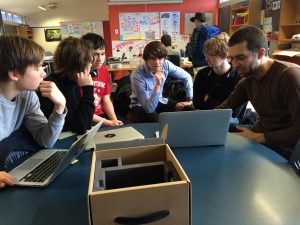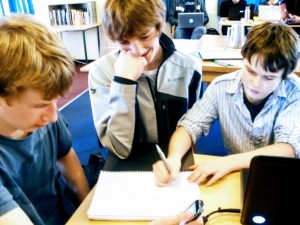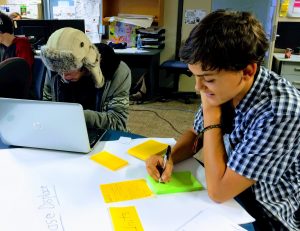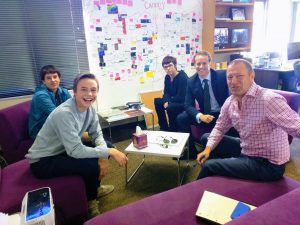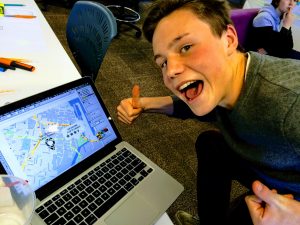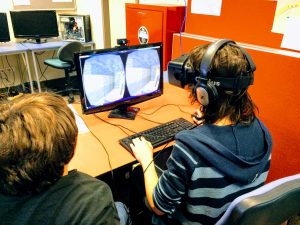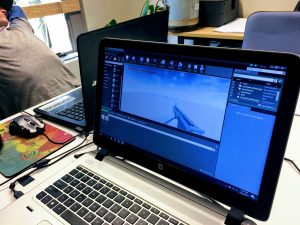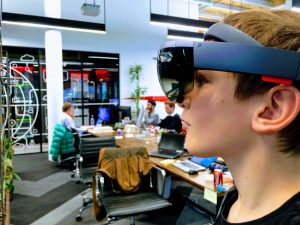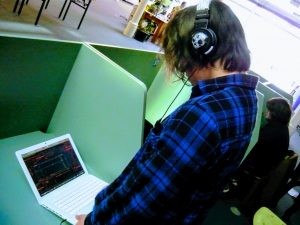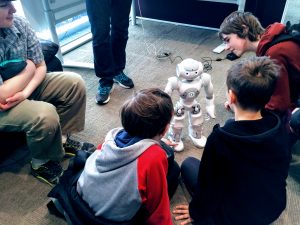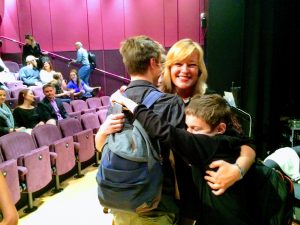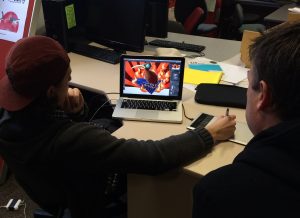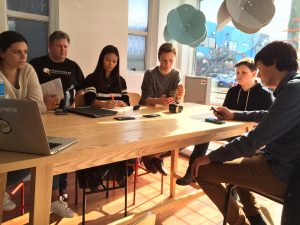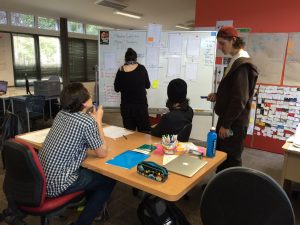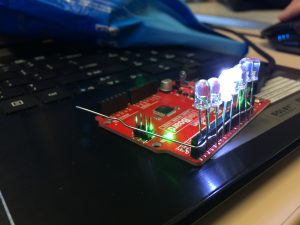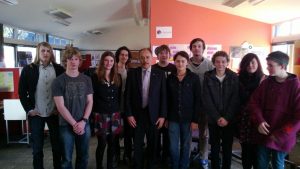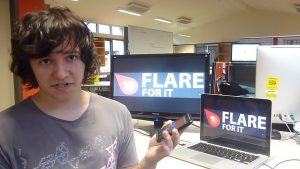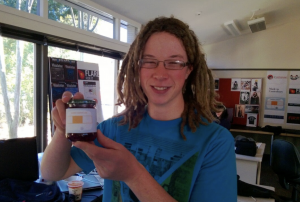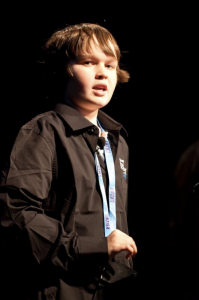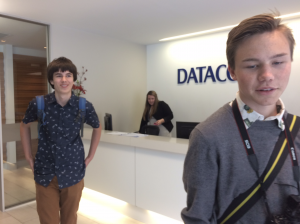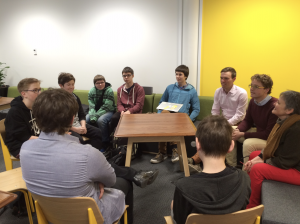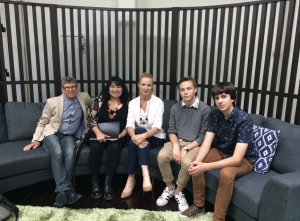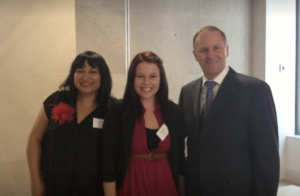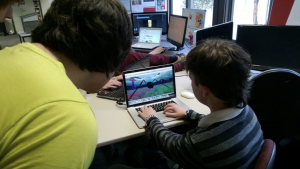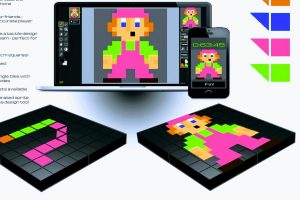Work with Amazing Mentors

From 2019 we teamed up with Beatris Mendez and her brilliant team at the Nuevo Foundation in Washington State, USA. NF are mentoring a crew from Ashburton and a crew from Ranfurly to work create their own team projects. The Teams support each other, have bi-monthly check-ins with the Nuevo Team and weekly facilitation and support from Creative Forest.
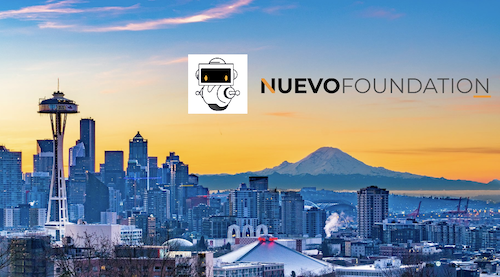
Nuevo Foundation
Inspiring kids to be curious, confident, and courageous by discovering the world of STEM.
Nuevo Foundation
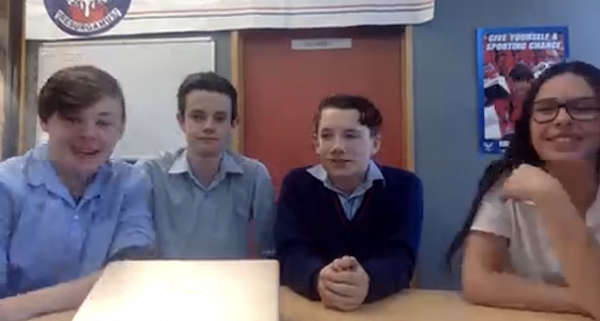
Ashburton Crew
Students from Ashburton College are working together to create a Behaviorial Rewards App for Schools.
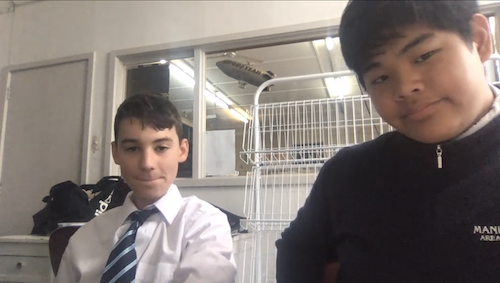
Maniototo Crew
Students from Maniototo Area School are working together to create a 2D Steam Punk Game using C# and Unity.
Our Experimental Classroom
Kohknowco Lab Ao Tawhiti (2010 – 2018) was an experimental lab using the Creative Forest model. This lab’s focus was primarily on music, web, app and games development for students aged between 10 – 18 years. Over 8 years, Renea (a parent at the school) developed and lead K-Lab, building an extensive local and global network of multi-industry mentors. K-Lab participants mentored and connected with students in the US and Australia. K-Lab featured on TVNZ’s Breakfast Show and Seven Sharp news programmes. The Lab ran within the normal school schedule and students were able to negotiate assessments that related to other subject areas within the curriculum, such as Business Studies, Design, English and Digital Technologies. The Experimental Class went through several name changes – UPT Digital, IT Hothouse and Kohknowco Lab.
Samples of Past Student Projects
VHYSICIST

Vhysicist was a project from 2014-15 with a global communications company. The idea was to create a visitor experience application that allowed users to design visitor experiences for each visitor group using a drag and drop tile system:

The application would color categorize visitors based on priority and have an integrated calendar and messaging system.
The students first visited the company to see if they could find opportunities to add value. After learning about the company history, philosophy, products and procedures, they found that the actual experience people had during their visit, didn’t match how the company portrayed itself to the public or how it wished to be perceived.
The team consisted of an artist, a digital music producer and a designer – all of whom were students aged between 16 – 18.
The team came up with an idea to solve the problem by designing a Visitor Experience App called Vhysicist. They created a paper prototype and took it back to the company to pitch the idea. In short, the company loved the idea and agreed to become the first client if the students were able to create the product and implement it on their global system.
INV3RTEDCO5INE
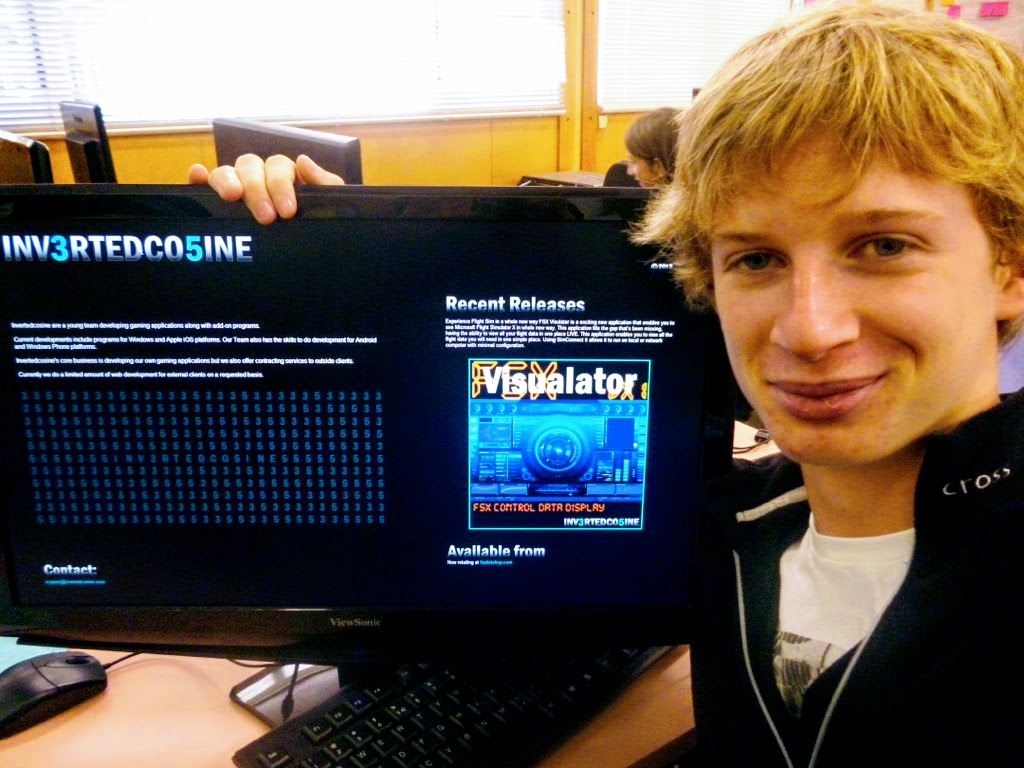
In 2011, 14 year old Mitchell Denton, started Inv3rtedCo5ine and developed an add-on app for Microsoft’s Flight Sim.
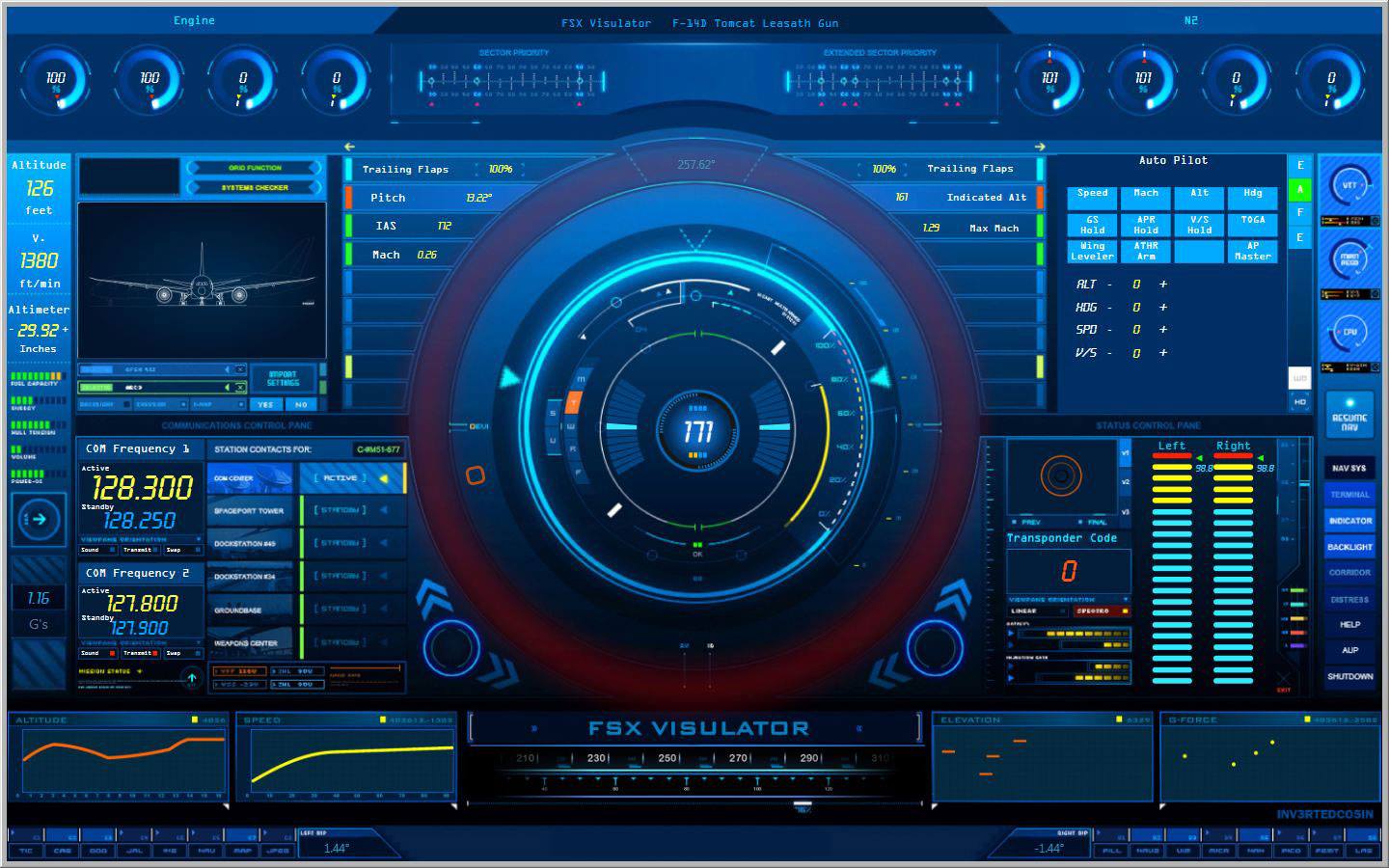
Mitchell, with his long time love for coding and flying, went on to do flight training and is currently completing a degree in Software Engineering at the University of Canterbury.

Mitchell continues to expand his offerings with several “FSX Visulator” packages available to purchase online.
BACK TO HOMEDEVELOPSTER


Started in 2016, Developster was a platform built and designed by young entrepreneurs aged 15 and under, for young entrepreneurs. If you had an idea and didn’t know where to start, Developster was the place to go. It provided a supportive peer community, connections to mentors and step-by-step tools to guide you through the entrepreneurial process.

The platform was being built from scratch using ReactJS and followed tried and tested start-up development phases and tools from Start-up Commons, Alexander Osterwalder, and Ash Maurya, but it also left room for innovation.
BACK TO HOMEPURE LEARNING PROJECTS
THE reCURSIVE PROJECT
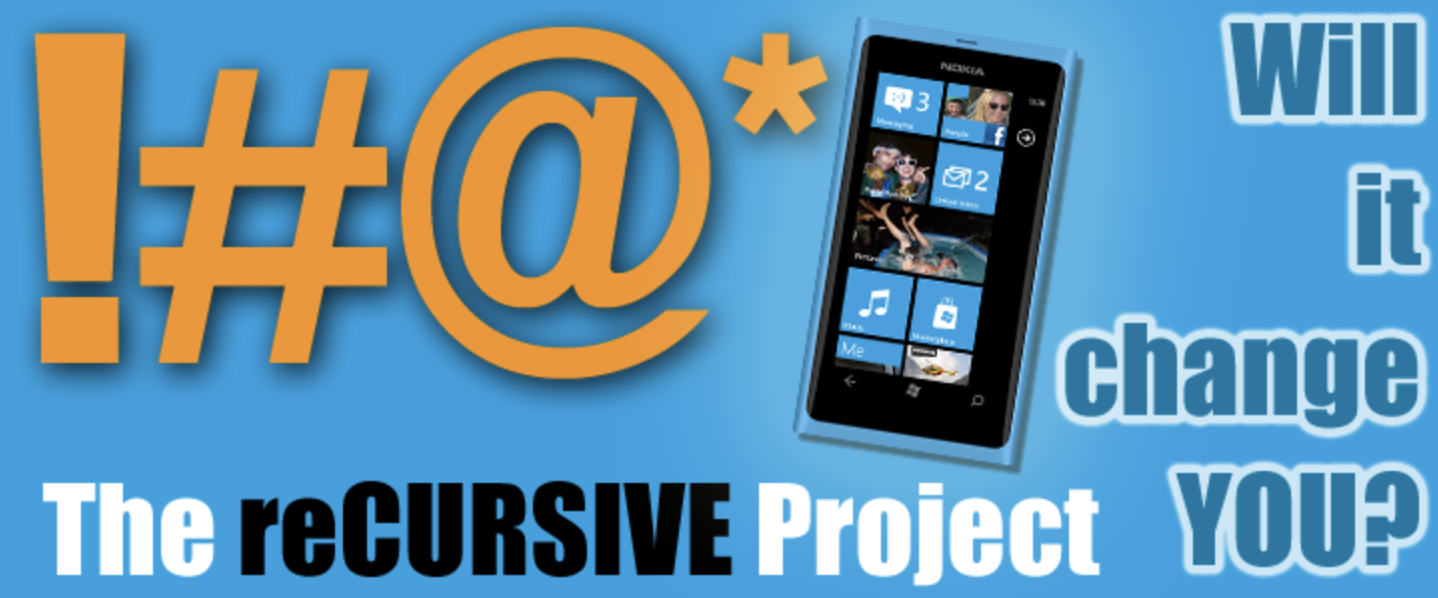
In 2012, John McGlashan College collaborated with us. Teacher, Colin Gray, had already planned which standards the class would be focusing on by August the previous year so our mission was to create a “Creative Forest” type project around that particular set of standards.
In February of that year, Renea went to Kiwi FOO Camp and met up with Rony Kubat, a post-grad student from the Media Lab at MIT and now, a co-founder at Tulip.co. Rony spent a few days at K-Lab during a visit to Christchurch and helped us create a cool project for the John McGlashan boys – called The reCURSIVE Project. The purpose of the project was to determine whether the action of pushing a button each time a person swears, alters their behavior over time. Students had certain criteria they had to meet, such as allow swear word definitions to be added to a list stored in a table, allow for variable fines to be allocated to a swear word, allow the recording of a swear event or utterance and allow the accumulation of fien totals. There were also criteria the app should do, such as allow for the jar to be cleared, allow for swear events to be date and time stamped, and to allow for swear events to be sorted. Finally, there were things the apps could do, such as record locations for swear events, suggest alternative words to use, show how often the user swears each day, week and month, show which times of the day the user swears, comparisons, and improvement rate. The project was a great success and really extended the students. Colin said the level of technical knowledge required was challenging and definitely took them out of their comfort zone, requiring the class to build relationships with industry mentors to get the job done and the results were amazing. BACK TO HOMEFLARE FOR IT

Flare For It was a project we worked on back in 2012 with the KiWikiSpeed team. The idea was to create a platform where volunteers with skills would be matched with interesting NFP projects.
The team consisted of a backend developer, a frontend developer, a designer and a marketing person – all of whom were students aged between 14 – 17. They had weekly meetings with the clients (KiWikiSpeed team members) and used the ESRI platform, Visual Studio and Azure to develop a web and mobile application.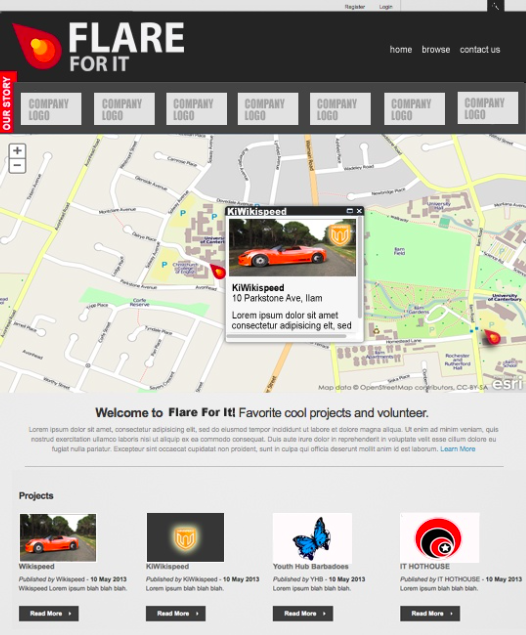
Project owners could create a profile for their projects and send a digital “flare” out to user volunteers who followed their project and were willing to volunteer their skills. The brand “Flare For It” was created as a reference to a) sending out a flare when you need help and b) a play on words referring to a volunteer with a flair for a particular skill.
BACK TO HOMESCAPE PUBLIC ART APP PROTOTYPING

In 2016 we helped with a project for the Scape Public Art Organization. Scape wanted to design an app that would guide visitors around the city to view and learn about public works of art.
After meeting with Scape Director, Deborah McCormick, the team came up with ideas about what to include in the app and created a prototype for Scape to test user feedback. The ideas was to help Scape save some money by getting some of the preparation and prototyping work out of way and to help the organization gain clarity around what they wanted their app to do.
Dunedin based student, Ennis Macey, produced a full functioning mobile prototype for the organization, using Sketch.
BACK TO HOMEORANGE CARAVAN WEB DESIGN

In 2013, K-Lab student, Blair Reed, was inspired to start his own web design studio called Orange Caravan and collaborated with fellow K-Lab student, Mitchell Denton, to build the Youth Hub Barbadoes website.
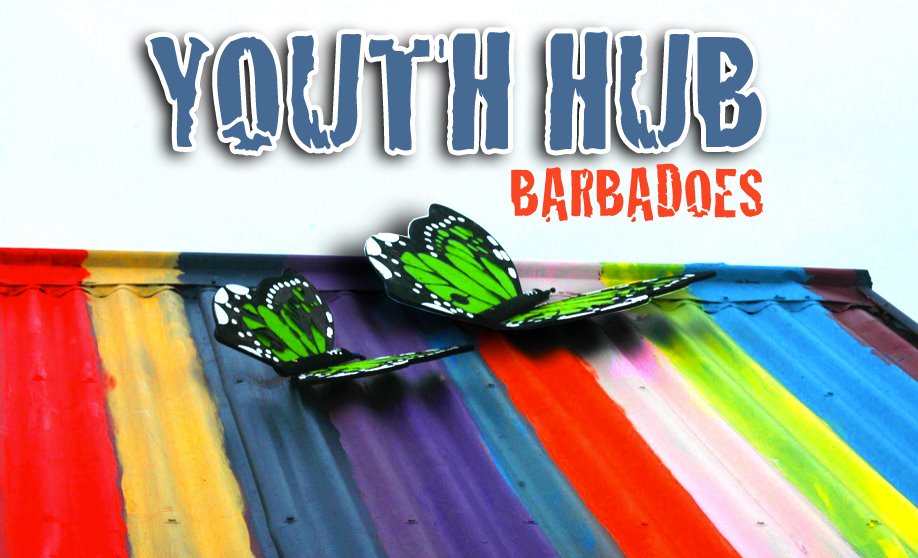
The Youth Hub was a collection of Youth Services working out of the butterfly houses on Barbadoes Street. The pair also ran a training session at the Canterbury Development Corporation (now ChristchurchNZ) to teach the not-for-profit members of the Youth Hub how to edit their web pages and manage their social media campaigns.
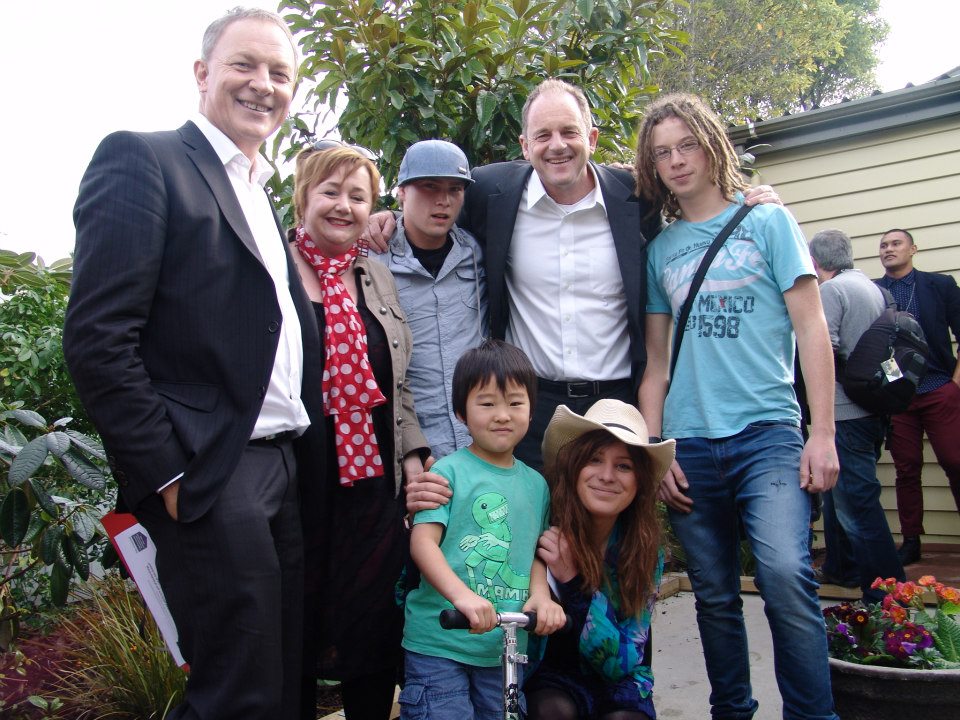
Blair and Mitchell spent a lot of time supporting the Youth Hub and helping out where they could. Blair then went on to build the website for the Canterbury Youth Development Programme, led by Mike Field.
BACK TO HOMEJONITECHNO
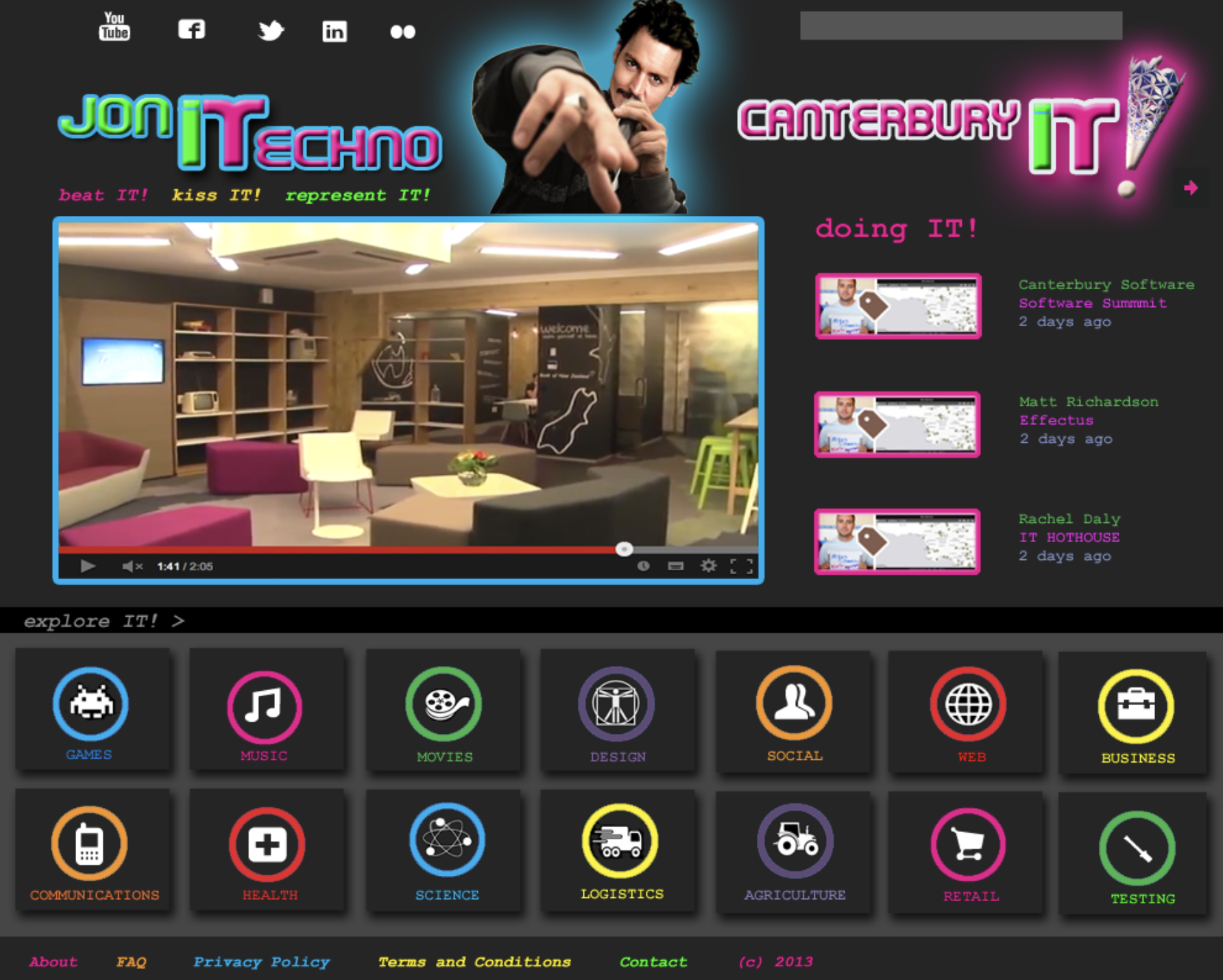
In 2013 we were part of a Canterbury Development Corporation (now ChristchurchNZ) IT Workforce Strategy Working Group. Our mission was to come up with some ideas that might help to encourage young people into IT and education them about the existing companies in an engaging way. The students decided to go for something fun – the concept was JonITechno.
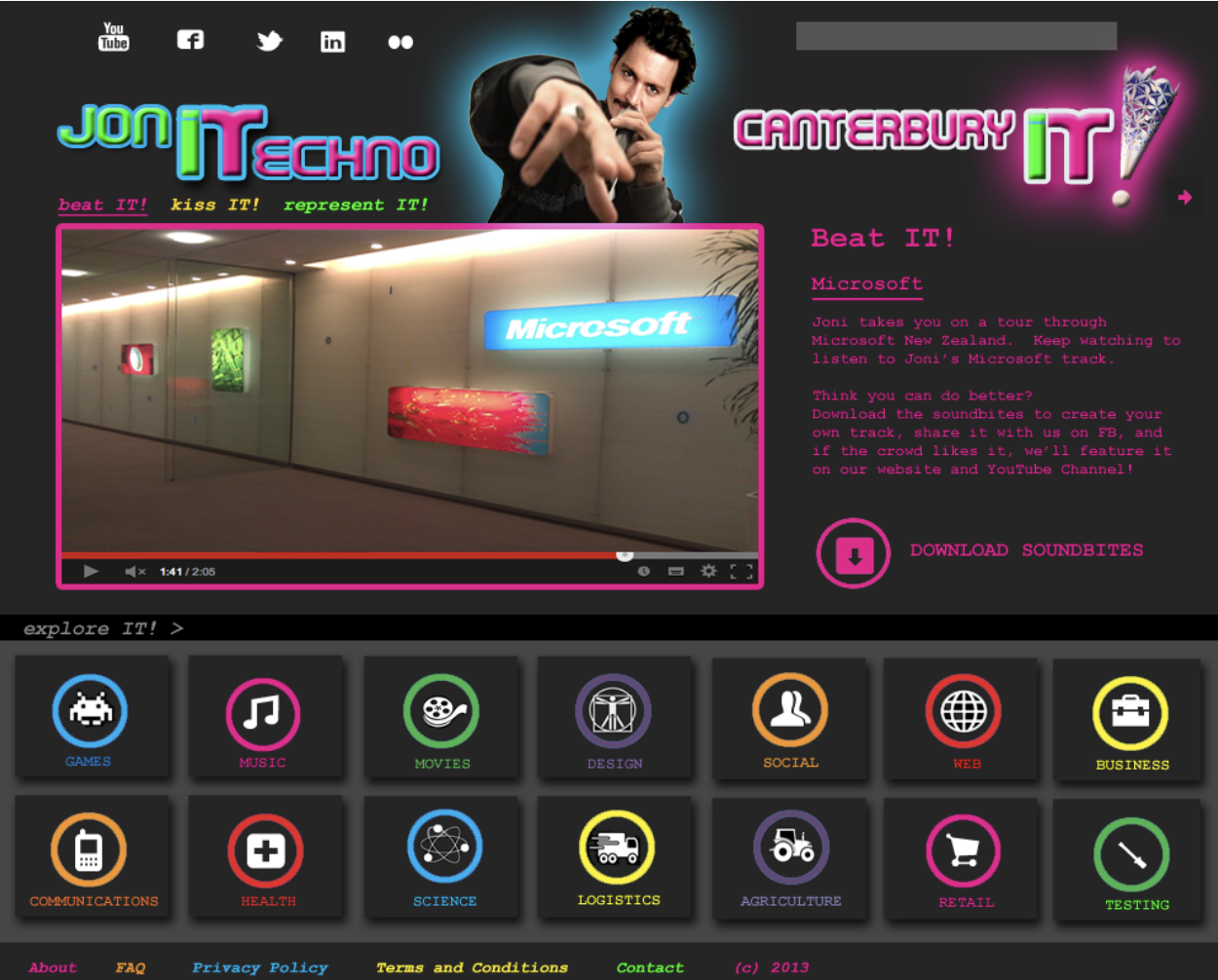
After surveying both males and females between the ages of 13 – 18, the team found Johnny Depp to be the most popular with all genders, hands down. Using this information, they decided to base their “IT” character around Johnny Depp and called him JonITechno.
JonITechno was a charismatic figure who toured around IT companies, making their stories into catch songs and beats that the audience could remix. The team had a great time designing this concept specific to the age group but it was a little out there for most of the strategy group. BACK TO HOMEPOP PiNZ
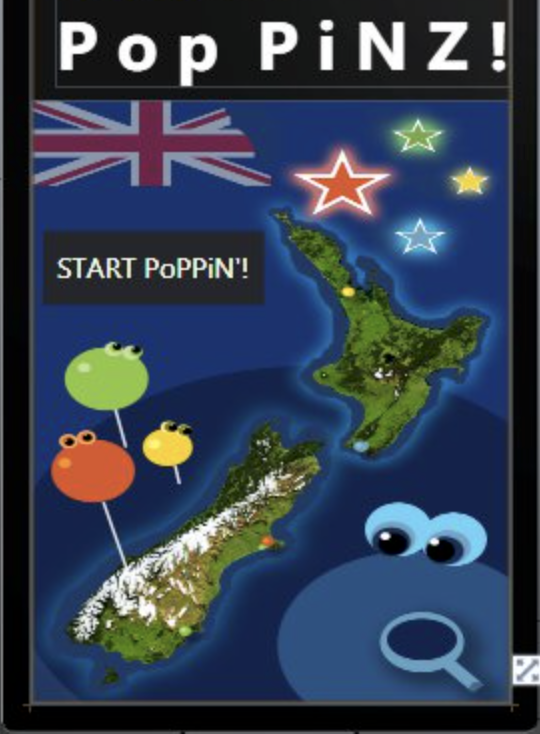
Back in 2010, a group of students worked on a mobile phone game called Pop PiNZ. Game play was the app would display a map and throw a place name at you. You had to drag an animated 3D pin to the location on the map and the faster and more accurate you were, the more points you would get.

The educational purpose of the game was to familiarize people with the location of towns and cities in various countries.
The team consisted of a coder, a 3D modeler, a graphic designer and a researcher. The app was built in Visual Studio and the 3D pins were done in Autodesk Maya. BACK TO HOMESnaps
Snaps from K-Lab- Eiko and Asher enroute to Auckland
- Mat Velloso visits from Microsoft
- Jay, Tristan and Mitchell presenting at TechEd
- Mitchell, Jay and Tristan planning a game
- Project Planning
- At the HITLab
- Legal Advice from Duncan Cotterill
- Eiko Designing
- VR
- Jamie using Blender
- Josh and Saul’s Game
- Kaleb at Vodafone One
- Matteo Making Music
- Asher and Eiko at Oaken
- Robots at the HITLab
- Hugs with Savannah Peterson
- Roman working on designs for Jamie
- Blair’s Orange Caravan Web Business
- Cameron and Blair at a Youth Health Design Thinking Session
- Geoff Brash and MoA doing pitch practice with Developster
- The Vhysicist Team at work
- Matt using the Raspberry Pi



